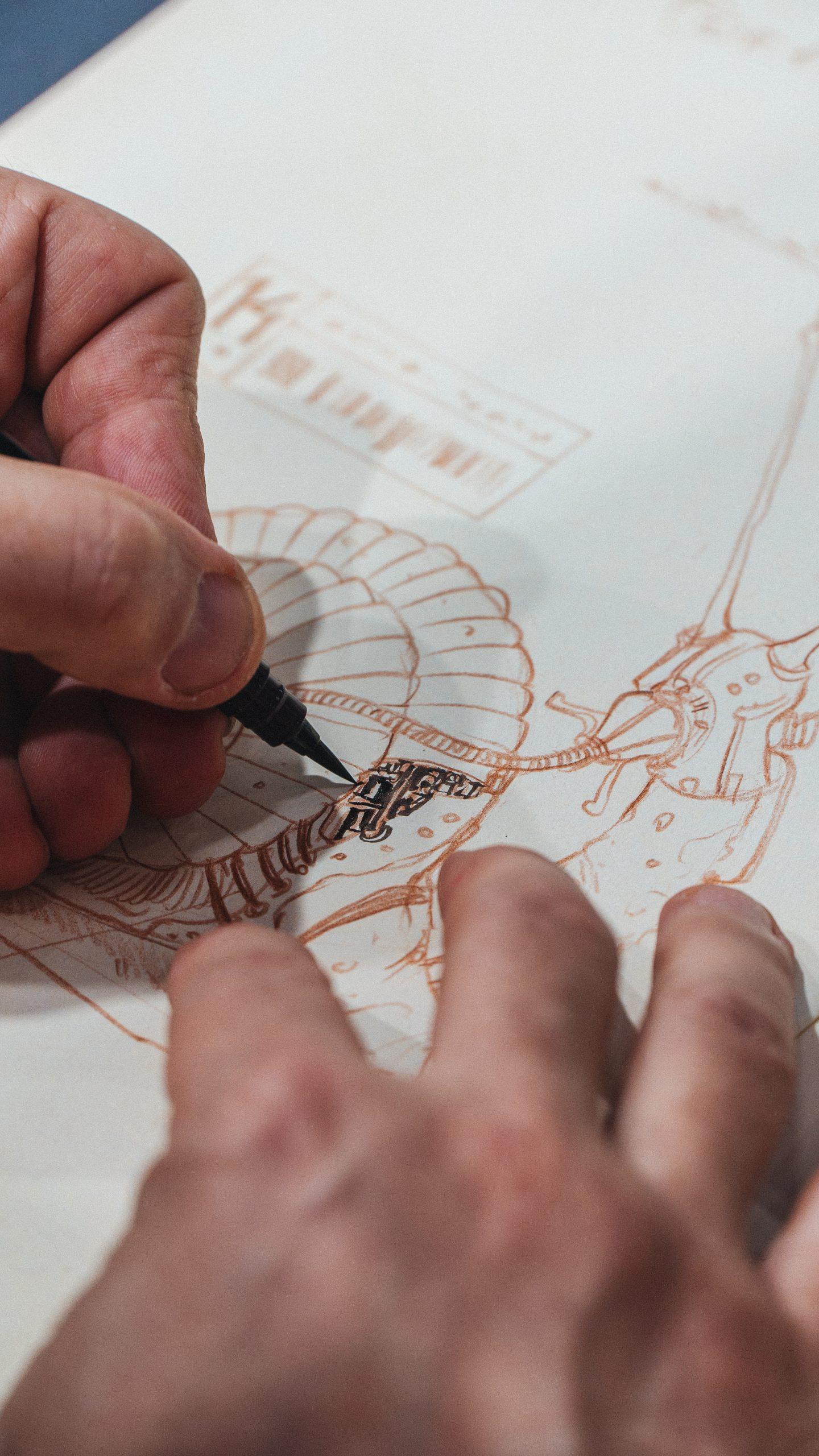After having recounted the secret life of colours, Lauretta Colonnelli delves into equally fascinating territory, that of shadows. In the volume published by Marsilio Editori, she describes an entity that often carries a negative connotation, revealing instead its essential role in the most disparate fields ‒ from astronomy to painting, from science to poetry. We offer you a taste of “La vita segreta delle ombre. Storie di luce, arte, silenzio e altri misteri”, sharing with you the introduction by Colonnelli herself
Shadows are sisters of light.
They travel on the surface of the Earth attached to the feet of men, animals, plants, houses, mountains. Even a grain of sand has a shadow, however imperceptible.
Shadows travel around motionless bodies, or crouch beneath them, following the path of the Sun, or that of the Moon across the sky.
Shadows cast by artificial light remain still. The shadow of a tree next to a street lamp will not move all night. But a man walking down the street will be followed by his shadow when he approaches the street lamp, and will see it stretch out in front of him when he moves away from it.
Under a sky covered by a blanket of clouds, or on moonless nights, or in the midst of the thickest fog, or in the heart of caves, or in a room without windows, individual shadows are no longer seen, swallowed up by the great shadow in which they are immersed. Everything is shadow where there is no light. Shadow becomes synonymous with obscuration, darkness, gloom, dimness, night, black, stain.
The depths of the sea are made of shadow.
The universe was born from an immeasurable darkness, and astronomers say that all the stars gathered together in the galaxies can illuminate only five percent of it. The rest is made up of dark matter, and pervaded by a hypothetical dark energy, theorized to justify the accelerated expansion of the universe itself. Both have been defined as dark for two reasons: firstly, because they are invisible at any wavelength, they do not emit light, they do not absorb it or reflect it, therefore they are not detectable with telescopes or satellites; secondly, because we don’t know anything about their nature, which remains obscure, unknown.
Then there are shadows juxtaposed with the real world. In many belief systems, a person’s shadow is the only part that survives when life is extinguished. Since the time of Homer, poets have told of living beings who cross the threshold of the afterlife to embrace the shadows of their loved ones. These shadows have faded features, they speak, they predict the future, they recall the events of their earthly existence, but they are elusive.
Literature of every time period, as well as dreams and myths and fantasies, is populated by shadows in the guise of ghosts, larvae, spirits, souls, simulacra, appearances, illusions, deceptions.
Contrasted with light, shadow becomes the negative symbol of it. And both are narrated as the extreme poles of a single thought: good and evil, God and the devil, beauty and ugliness, form and formlessness, the sublime and the abyss, joy and sadness, health and infirmity, knowledge and ignorance.
And yet, without shadows, man would not have arrived at true knowledge, as taught by scientists, philosophers, artists, who together with poets have tried to explore all aspects of shadow.
Thanks to shadow, astronomers began to measure time and infinite interstellar spaces, botanists to discover the age of ancient trees, geologists to trace primitive forms of life in the bowels of the Earth, explorers to plumb the depths of the sea in search of unknown creatures, psychologists to investigate the shadows nestled in the dark depths of our mind, artists to create the plasticity of figures.
In this book I wanted to explore why shadows are disturbing but also alluring, how they can change colour from black, how they entered theatres, how from magic lanterns they reached the movie screen, how Galileo was the first to see spots on the Sun and the Moon, how Joseph Conrad and Arthur Conan Doyle crossed the line into darkness.
I wanted to recall lots of little stories: of Peter Pan who lost his shadow and of Peter Schlemihl who sold it for a bag full of gold coins; of Jung who saw in a dream the kingdom of light as a gigantic shadow; painters who have recreated haunted shadows and miraculous shadows; ancient Babylonians who discovered the secret of eclipses.
And stories that reveal how the search for shadows can become an obsession. The “mole men” who have been digging tunnels underground since ancient times know a thing or two about that.
Lauretta Colonnelli
Translation of the text taken from the book La vita segreta delle ombre. Storie di luce, arte, silenzio e altri misteri, Marsilio Editori, Venice 2025
BIO
Lauretta Colonnelli, a journalist at the Europeo and then at Corriere della Sera, she collaborates with Art and Dossier. With Marsilio she published Storie meridiane. Miti, leggende e favole per raccontare l’arte [Southern Stories. Myths, Legends and Fables to Illustrate Art] (2021), Teatro Andromeda. Storia di Lorenzo Reina, artista pastore che mutò le pecore in stelle [Andromeda Theater. The Story of Lorenzo Reina, a Shepherd Artist Who Turned Sheep into Stars] (2023) and La vita segreta dei colori. Storie di passione, arte, desiderio e altre sfumature [The Secret Life of Colours. Stories of Passion, Art, Desire and Other Shades] (2023).
Cover photo: Lauretta Colonnelli
Related Articles






